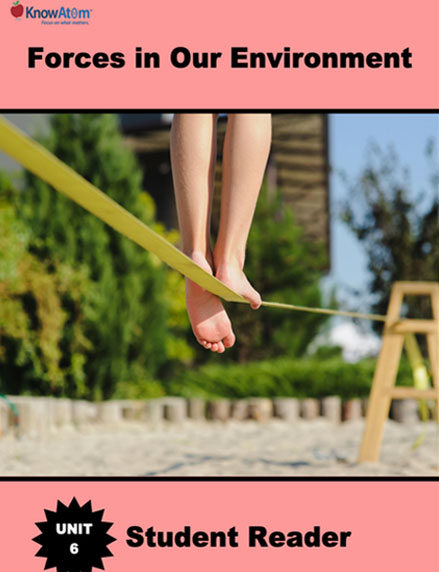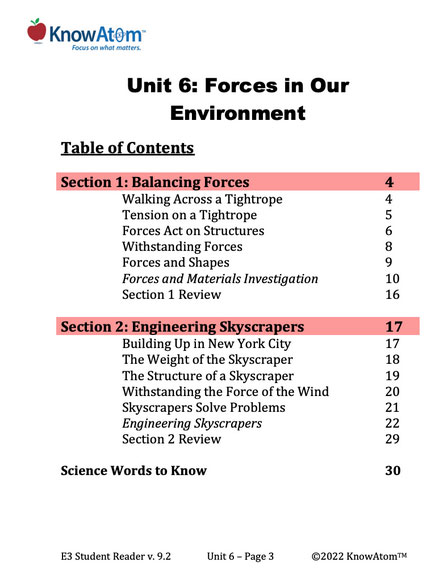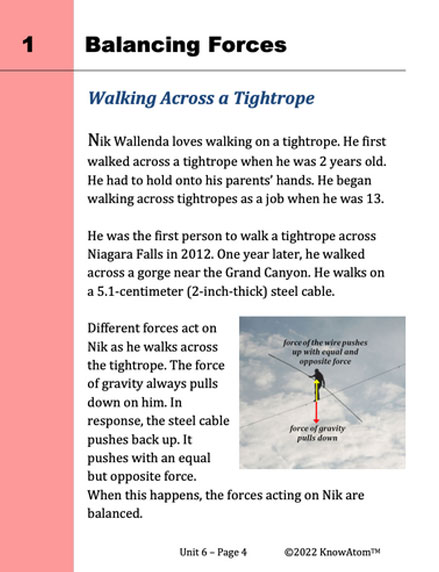Walking Across a Tightrope
Nik Wallenda loves walking on a tightrope. He first walked across a tightrope when he was 2 years old. He had to hold onto his parents’ hands. He began walking across tightropes as a job when he was 13.
He was the first person to walk a tightrope across Niagara Falls in 2012. One year later, he walked across a gorge near the Grand Canyon. He walks on a 5.1-centimeter (2-inch-thick) steel cable.
Different forces act on Nik as he walks across the tightrope. The force of gravity always pulls down on him. In response, the steel cable pushes back up. It pushes with an equal but opposite force. When this happens, the forces acting on Nik are balanced.
Tension on a Tightrope
Before Nik begins any tightrope walk, he thinks about where to attach his cable. The cable needs to attach to something on either end to hold it up in the air.
The cable needs to be pulled as tightly as it can be. This is to increase the tension on the cable. Tension happens when forces pull the ends of an object in opposite directions. Tension makes objects longer.
It is easier for Nik to walk across when the cable has a lot of tension. This is because it doesn’t sag very much. Sometimes the cable cannot be pulled as tightly across as Nik would like. When this happens, the cable will sag a lot in the middle. Nik trains so that he knows how to move on both kinds of cable.






-2.png?width=314&height=411&name=Screenshot%20(21)-2.png)



